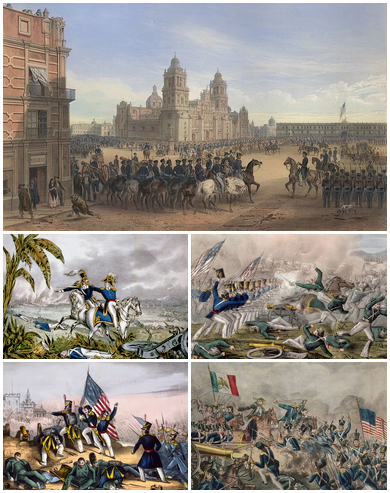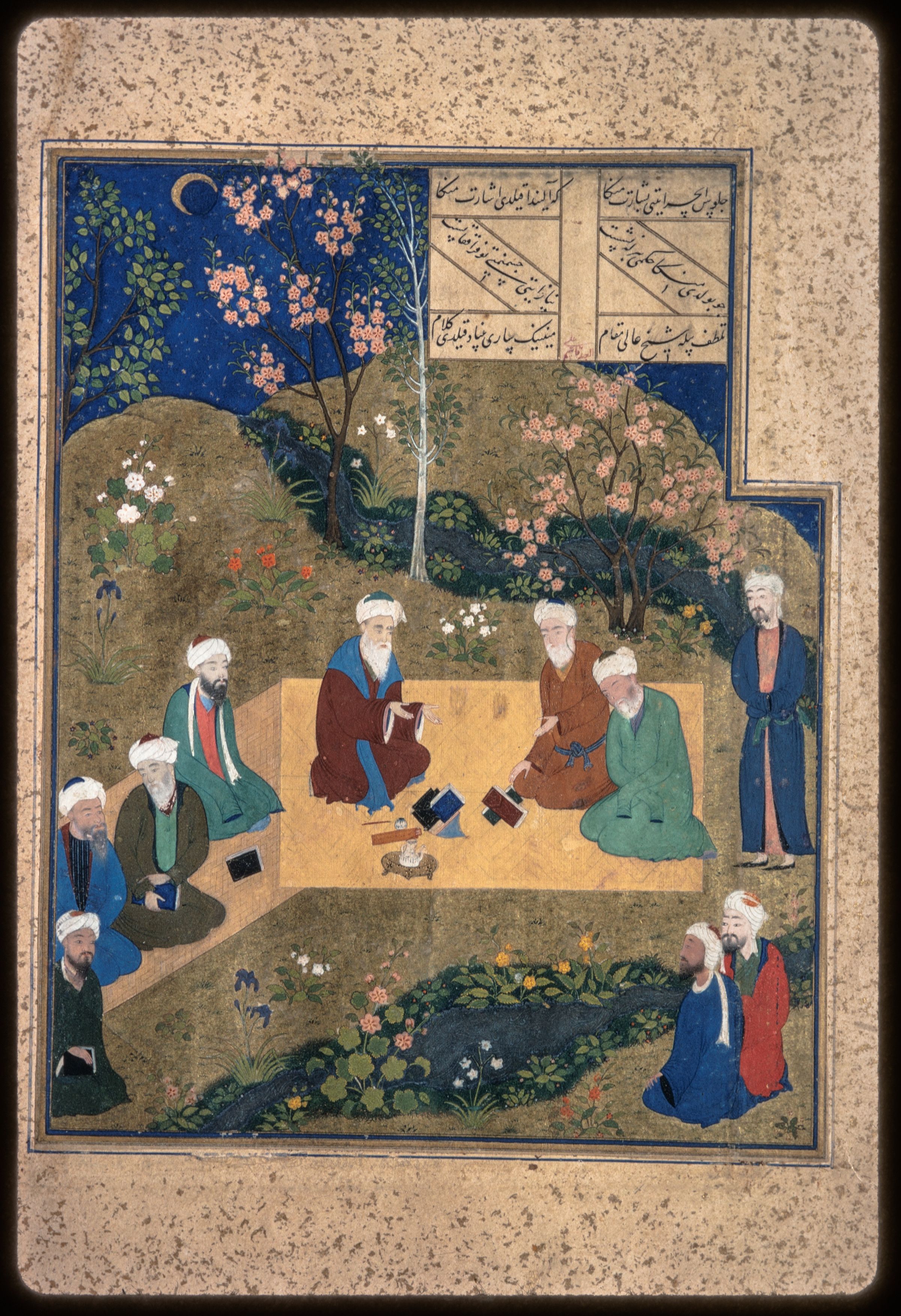|
Süleyman Fehim
Süleyman Fehim Efendi (1789–1846) was a teacher and poet of Persian in the Ottoman Empire. Biography Of Turkish origin, he flourished in the first half of the 19th century. Information regarding his youth and education remains unknown. He was initially a servant and student of the scholar Ismail Farrukh Efendi. Under him, Suleyman Fehim matured and became very adept in Persian. He then served as a civil servant in Constantinople (now Istanbul) at the royal court and the royal mint, as well as in the Balkans (''Rumelia''). He soon however decided to retire and dedicate his life to studying and writing, and teaching Persian occasionally. Upon his return to Constantinople, he taught Persian to a variety of students, including Ahmed Cevdet Pasha and Fatin Efendi. Fehim wrote a small ''divan'' consisting of poems inspired by the "Indian style" (''Sabk-e Hendi'' in Persian, or ''Sebk-i Hindi'' in Turkish) of Persian poetry. It was published in 1846 in Constantinople. He also wrote th ... [...More Info...] [...Related Items...] OR: [Wikipedia] [Google] [Baidu] |
Persian Language
Persian ( ), also known by its endonym and exonym, endonym Farsi (, Fārsī ), is a Western Iranian languages, Western Iranian language belonging to the Iranian languages, Iranian branch of the Indo-Iranian languages, Indo-Iranian subdivision of the Indo-European languages. Persian is a pluricentric language predominantly spoken and used officially within Iran, Afghanistan, and Tajikistan in three mutual intelligibility, mutually intelligible standard language, standard varieties, respectively Iranian Persian (officially known as ''Persian''), Dari, Dari Persian (officially known as ''Dari'' since 1964), and Tajik language, Tajiki Persian (officially known as ''Tajik'' since 1999).Siddikzoda, S. "Tajik Language: Farsi or not Farsi?" in ''Media Insight Central Asia #27'', August 2002. It is also spoken natively in the Tajik variety by a significant population within Uzbekistan, as well as within other regions with a Persianate society, Persianate history in the cultural sphere o ... [...More Info...] [...Related Items...] OR: [Wikipedia] [Google] [Baidu] |
Sam Mirza Safavi
Sam Mirza (; 1517 – 1566/67) was a Safavid prince and poet in 16th-century Iran, who wrote the ''Tohfa-ye Sami'' ("Gift of Sam"), a collection of biographies of contemporary Persian poets. He was the third son of Shah Ismail I (), the founder of the Safavid dynasty. Sam Mirza was appointed governor of Herat (in present-day Afghanistan) during his early years, following the tradition of educating Safavid princes by assigning them governorships under the supervision of experienced amir of the Qizilbash. During his time in Herat, he witnessed the remnants of the zenith of Persian culture from the reign of the Timurid ruler Sultan Husayn Bayqara (), but also became entangled in the political struggles of his Qizilbash guardians. After an unsuccessful military campaign against the Mughal city of Kandahar in 1534, which resulted in significant losses and the fall of Herat to the Uzbeks from the Khanate of Bukhara, Sam Mirza's political career was effectively ended, despite his attemp ... [...More Info...] [...Related Items...] OR: [Wikipedia] [Google] [Baidu] |
Translators From Persian
Translation is the communication of the meaning of a source-language text by means of an equivalent target-language text. The English language draws a terminological distinction (which does not exist in every language) between ''translating'' (a written text) and ''interpreting'' (oral or signed communication between users of different languages); under this distinction, translation can begin only after the appearance of writing within a language community. A translator always risks inadvertently introducing source-language words, grammar, or syntax into the target-language rendering. On the other hand, such "spill-overs" have sometimes imported useful source-language calques and loanwords that have enriched target languages. Translators, including early translators of sacred texts, have helped shape the very languages into which they have translated. Because of the laboriousness of the translation process, since the 1940s efforts have been made, with varying degrees o ... [...More Info...] [...Related Items...] OR: [Wikipedia] [Google] [Baidu] |
19th-century Educators From The Ottoman Empire
The 19th century began on 1 January 1801 (represented by the Roman numerals MDCCCI), and ended on 31 December 1900 (MCM). It was the 9th century of the 2nd millennium. It was characterized by vast social upheaval. Slavery was abolished in much of Europe and the Americas. The First Industrial Revolution, though it began in the late 18th century, expanded beyond its British homeland for the first time during the 19th century, particularly remaking the economies and societies of the Low Countries, France, the Rhineland, Northern Italy, and the Northeastern United States. A few decades later, the Second Industrial Revolution led to ever more massive urbanization and much higher levels of productivity, profit, and prosperity, a pattern that continued into the 20th century. The Catholic Church, in response to the growing influence and power of modernism, secularism and materialism, formed the First Vatican Council in the late 19th century to deal with such problems and confirm cer ... [...More Info...] [...Related Items...] OR: [Wikipedia] [Google] [Baidu] |
1846 Deaths
Events January–March * January 5 – The United States House of Representatives votes to stop sharing the Oregon Country with the United Kingdom of Great Britain and Ireland, United Kingdom. * January 13 – The Milan–Venice railway's bridge, over the Venetian Lagoon between Mestre and Venice in Italy, opens, the world's longest since 1151. * January 23 – Ahmad I ibn Mustafa, Bey of Tunis, declares the legal abolition of slavery in Tunisia. * February 4 – Led by Brigham Young, many Mormons in the U.S. begin their migration west from Nauvoo, Illinois, to the Great Salt Lake in what becomes Utah. * February 10 – First Anglo-Sikh war: Battle of Sobraon – British forces in India defeat the Sikhs. * February 18 – The Galician Peasant Uprising of 1846 begins in Austria. * February 19 – Texas annexation: United States president James K. Polk's annexation of the Republic of Texas is finalized by Texas president Anson Jones in a formal ceremony of transfer of sover ... [...More Info...] [...Related Items...] OR: [Wikipedia] [Google] [Baidu] |
1789 Births
Events January–March * January – Emmanuel Joseph Sieyès publishes the pamphlet '' What Is the Third Estate?'' ('), influential on the French Revolution. * January 7 – The 1788-89 United States presidential election and House of Representatives elections are held. * January 9 – Treaty of Fort Harmar: The terms of the Treaty of Fort Stanwix (1784) and the Treaty of Fort McIntosh, between the United States Government and certain native American tribes, are reaffirmed, with some minor changes. * January 21 – The first American novel, '' The Power of Sympathy or the Triumph of Nature Founded in Truth'', is printed in Boston, Massachusetts. The anonymous author is William Hill Brown. * January 23 – Georgetown University is founded in Georgetown, Maryland (part of modern-day Washington, D.C.), as the first Roman Catholic college in the United States. * January 29 – In Vietnam, Emperor Quang Trung crushes the Chinese Qing forces ... [...More Info...] [...Related Items...] OR: [Wikipedia] [Google] [Baidu] |
Saib Tabrizi
Saib Tabrizi (, , ''Mīrzā Muḥammad ʿalī Ṣāʾib'', ) was an Iranian poet, regarded as one of the greatest masters of a form of classical Persian lyric poetry characterized by rhymed couplets, known as the ''ghazal''. He also established the "Indian style" (''sabk-i Hind'') in the literature of his native language, Azerbaijani, in which he is known to have written 17 ''ghazals'' and ''molammaʿs''. Saib was born in Tabriz, and educated in Isfahan and at some time around 1626, he traveled to India, where he was received into the court of Shah Jahan. He stayed for a time in Kabul and in Kashmir, returning home after several years abroad. After his return, the emperor of Persia, Shah Abbas II, bestowed upon him the title ''King of Poets''. Saib's reputation is based primarily on some 300,000 couplets, including his epic poem ''Qandahār-nāma'' (“The Campaign Against Qandahār”). (The city of Qandahār or Kandahar in today's Afghanistan was in Saib Tabrizi's lifetime ... [...More Info...] [...Related Items...] OR: [Wikipedia] [Google] [Baidu] |
Mahmud II
Mahmud II (, ; 20 July 1785 – 1 July 1839) was the sultan of the Ottoman Empire from 1808 until his death in 1839. Often described as the "Peter the Great of Turkey", Mahmud instituted extensive administrative, military, and fiscal reforms. His disbandment of the conservative Janissary, Janissary Corps removed a major obstacle to his and his successors' reforms in the Empire, creating the foundations of the subsequent Tanzimat era. Mahmud's reign was also marked by further Ottoman military defeats and loss of territory as a result of nationalist uprisings and European intervention. Mahmud ascended the throne following an Ottoman coups of 1807–1808, 1808 coup that deposed his half-brother Mustafa IV. Early in his reign, the Ottoman Empire ceded Bessarabia to Russia at the end of the Russo-Turkish War (1806–1812), 1806–1812 Russo-Turkish War. Greece waged a Greek War of Independence, successful war of independence that started in 1821 with British, French and Russian su ... [...More Info...] [...Related Items...] OR: [Wikipedia] [Google] [Baidu] |
Ali-Shir Nava'i
'Ali-Shir Nava'i (9 February 1441 – 3 January 1501), also known as Nizām-al-Din ʿAli-Shir Herawī ( Chagatai: نظام الدین علی شیر نوایی, ) was a Timurid poet, writer, statesman, linguist, Hanafi Maturidi mystic and painter who was the greatest representative of Chagatai literature. Nava'i believed that his native Chagatai Turkic language was superior to Persian for literary purposes, an uncommon view at the time and defended this belief in his work titled '' Muhakamat al-Lughatayn'' (''The Comparison of the Two Languages''). He emphasized his belief in the richness, precision and malleability of Turkic vocabulary as opposed to Persian. Due to his distinguished Chagatai language poetry, Nava'i is considered by many throughout the Turkic-speaking world to be the founder of early Turkic literature. Many places and institutions in Central Asia are named after him, including the province and city of Navoiy in Uzbekistan. Many monuments and busts in ... [...More Info...] [...Related Items...] OR: [Wikipedia] [Google] [Baidu] |
Jami
Nūr ad-Dīn 'Abd ar-Rahmān Jāmī (; 7 November 1414 – 9 November 1492), also known as Mawlanā Nūr al-Dīn 'Abd al-Rahmān or Abd-Al-Rahmān Nur-Al-Din Muhammad Dashti, or simply as Jami or Djāmī and in Turkey as Molla Cami, was a Persian Sunni poet who is known for his achievements as a prolific scholar and writer of mystical Sufi literature. He was primarily a prominent poet-theologian of the school of Ibn Arabi and a Khwājagānī Sũfī, recognized for his eloquence and for his analysis of the metaphysics of mercy. His most famous poetic works are '' Haft Awrang'', ''Tuhfat al-Ahrar'', '' Layla wa Majnun'', ''Fatihat al-Shabab'', ''Lawa'ih'', ''Al-Durrah al-Fakhirah''. Jami belonged to the Naqshbandi Sufi order. Biography Jami was born in Kharjerd, in Khorasan to a Persian family. Previously his father Nizām al-Dīn Ahmad b. Shams al-Dīn Muhammad had come from Dasht, a small town in the district of Isfahan. A few years after his birth, his family migrated ... [...More Info...] [...Related Items...] OR: [Wikipedia] [Google] [Baidu] |
Ottoman Empire
The Ottoman Empire (), also called the Turkish Empire, was an empire, imperial realm that controlled much of Southeast Europe, West Asia, and North Africa from the 14th to early 20th centuries; it also controlled parts of southeastern Central Europe, between the early 16th and early 18th centuries. The empire emerged from a Anatolian beyliks, ''beylik'', or principality, founded in northwestern Anatolia in by the Turkoman (ethnonym), Turkoman tribal leader Osman I. His successors Ottoman wars in Europe, conquered much of Anatolia and expanded into the Balkans by the mid-14th century, transforming their petty kingdom into a transcontinental empire. The Ottomans ended the Byzantine Empire with the Fall of Constantinople, conquest of Constantinople in 1453 by Mehmed II. With its capital at History of Istanbul#Ottoman Empire, Constantinople (modern-day Istanbul) and control over a significant portion of the Mediterranean Basin, the Ottoman Empire was at the centre of interacti ... [...More Info...] [...Related Items...] OR: [Wikipedia] [Google] [Baidu] |







